Is DePIN the Next Big Thing in the Upcoming Web3 Era? How Can Ordinary Investors Participate in DePIN?
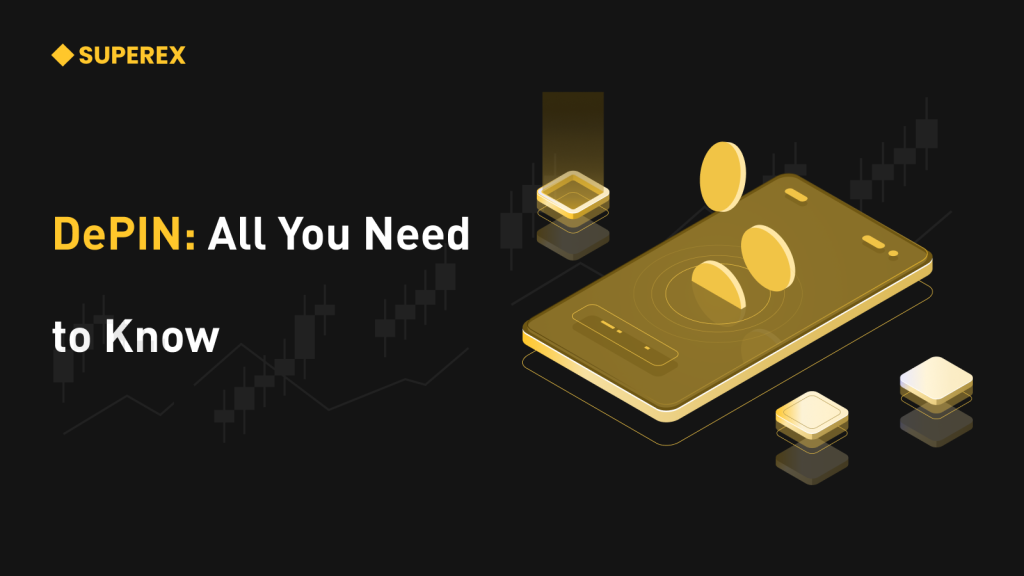
Preface
DePIN has become the latest investment target that has captured the obsession of cryptocurrency venture capitalists, with billions of dollars already poured into the DePIN sector. Some have invested their entire capital into the DePIN protocol. Currently, the total market value of DePIN projects has reached tens of billions of dollars. Analysts have pointed out that DePIN projects with significant potential are those with a clear demand for underlying services, where previously existing customer issues have been resolved to some extent.
- Click to register SuperEx
- Click to download the SuperEx APP
- Click to enter SuperEx CMC
- Click to enter SuperEx DAO Academy — Space

DePIN Concept
DePIN (Decentralized Physical Infrastructure Network) refers to a network that connects physical hardware devices. Such networks introduce cryptocurrency rewards to coordinate, reward, and protect network members, enabling numerous devices within the network to operate spontaneously to achieve a certain purpose, such as a GPU computing resource platform or the formation of global network bandwidth.
Generally speaking, DePIN utilizes blockchain and IoT technology to create, operate, and maintain physical infrastructure in the real world. As an important link bridging the digital and physical worlds based on cryptocurrency technology, DePIN will further consolidate the status of cryptocurrency as a vital resource.
The core of DePIN projects is to create democratized technology to compete with and even replace centralized technological products. Participants who provide the necessary hardware for the network can receive cryptocurrency rewards.
Helium is an early example of DePIN, which launched a decentralized wireless network (DeWi) in 2019, supported by individuals running interconnected hardware devices around the world. It quickly expanded its global coverage, and according to Helium Explorer, there are currently 392,090 hotspots worldwide.
How DePIN Works
DePIN is built on the concept of the Internet of Things (IoT), which is to achieve automation by connecting multiple physical objects. Its normal operation requires the following conditions:
Hardware: Components that connect the network to the physical world, such as hotspots for wireless networks, additional hard disk space for storing network data, idle GPUs, etc.
Hardware Operators: Those who purchase (or rent) hardware and connect it to the user’s network.
Tokens: Cryptocurrencies provided to hardware operators for specific projects. Each token has different economic characteristics according to the project rules.
End Users: Users supported by the network hardware. For example, those who prefer to use DePIN projects rather than corporate WiFi signals and are willing to pay for network services.
Current State of DePIN
Today’s DePIN track has absorbed multiple old tracks. After Messari proposed the concept, although it gave a general definition of physical computing facilities, a large number of similar projects have emerged in the market.
Firstly, there are storage and computing tracks, such as old storage projects like Filecoin, Storj, Arweave, and old projects aimed at computing networks like iExec, Phala, Akash. There are also projects with sensitive transformations, such as THETA, which incorporates the concept of gaming cloud services into this track.
Secondly, there are IoT projects, such as old projects like IOTA, Helium, IoTeX, Livepeer, and new projects like Helium Mobile, Helium IoT, which are almost becoming mainstream due to their high fit with DePIN.
Lastly, there are new AI projects and new projects with obvious DePIN characteristics: AI is one of the notable tracks that require a large amount of computing power and are therefore included in DePIN.
Whether it is storage, computing, IoT, or AI, they are all integrated into the DePIN track. Projects in the market with obvious DePIN characteristics are currently in a key transformation period of “focusing on infrastructure while neglecting applications.”
These projects have emerged according to market demand, playing the role of middleware, providing solutions and tools for B-end users to enter DePIN. For example, middleware projects like W3bstream, DePHY, or application-layer projects like Wicrypt, WiFi Map, Hivemapper, IoTeX Pebble. These middleware projects are almost all infrastructure, and the lack of the application layer is the main pain point.
With the introduction of standardized hardware products and data API tools for accessing various hardware products, the entire industry is beginning to transform: Projects that are entirely based on DePIN industry needs have emerged, and the industry structure has shifted from “chain + IoT network” to “chain + middleware + application.” This represents a change in industry demand and also means that DePIN has reached a critical stage of development.
In simple terms, some project parties in the ecosystem need to be prepared to meet the needs of new roles entering the track. This is the current state of DePIN.
How Can Ordinary People Participate in DePIN?
Old wine in new bottles, the resurgence of DePIN is likely because capital has seen the preliminary formation of the “trinity” — traditional entities, IoT devices, and the new Web3 incentive mechanism. Although it is still quite generalized, the underlying layer is not fully built, and the user difficulty is also somewhat high. But just like DEFI, with this trinity, it can continue to build the LEGO tower.
Currently, the entire DePin track is valued at about 9 billion US dollars. According to Messari’s estimates, by 2028, it is expected to grow to a scale of 350 billion US dollars.
In the Crypto industry, a user base of 30,000 can support a valuation of 100 million US dollars. Therefore, if the DePIN track has a certain number of active users and one or two new capital elites emerge, it is very likely to usher in a valuation beyond imagination. At that time, the Web3 world will go crazy for the X to earn model again!
However, for ordinary people, the threshold for DePIN is not low in terms of equipment or cognition. It can even be said that the suddenly popular DePIN track is confusing for many retail investors, newcomers, and even seasoned investors.
So, how can ordinary investors participate in DePIN more simply?
In addition to participating in DePIN by purchasing NFTs representing physical equipment, investing in and trading DePIN project-related tokens has become the simplest way to gain benefits. For example, one of the absolute leaders in the Depin track, Filecoin’s token: Fil, can be directly purchased and participated in through the SuperEx trading market.
Participation Link:5.953 | FIL/USDT | Buy FIL | Sell FIL | Filecoin Spot Price — SuperEx Spot



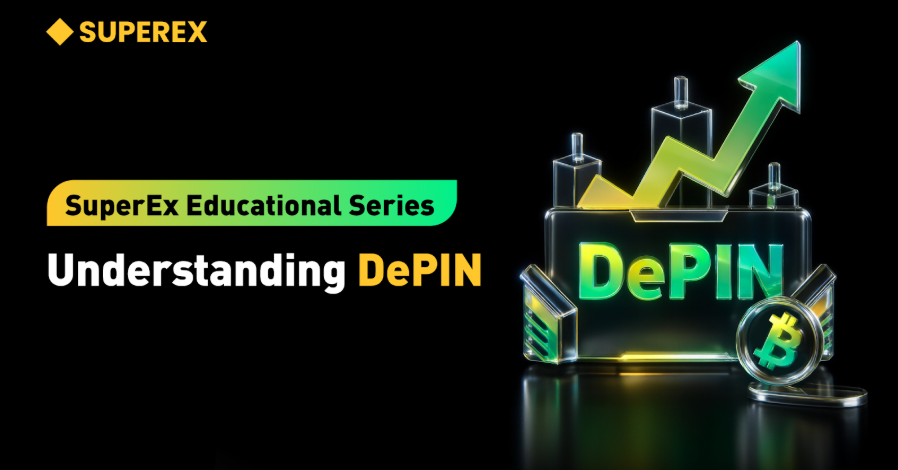
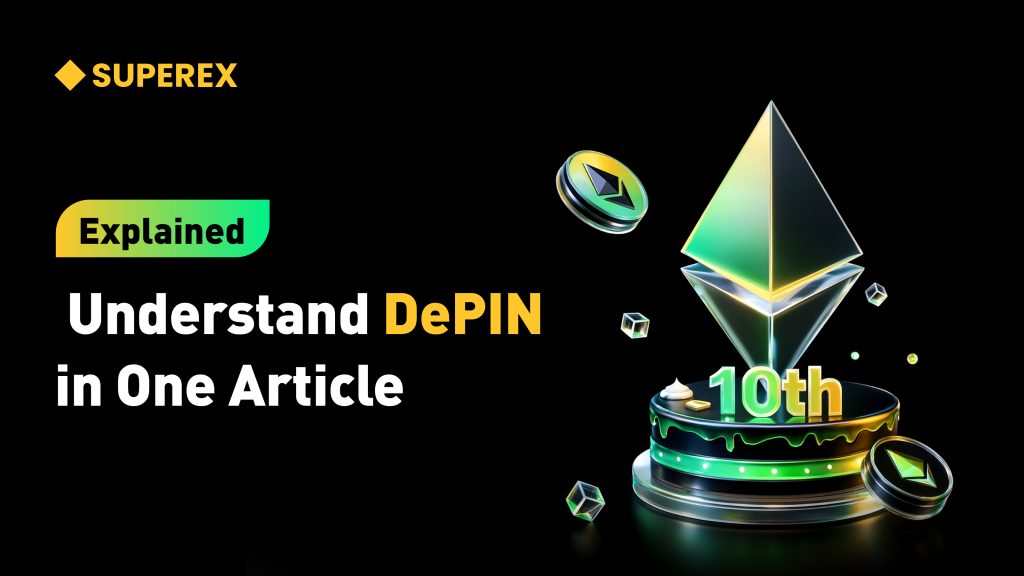
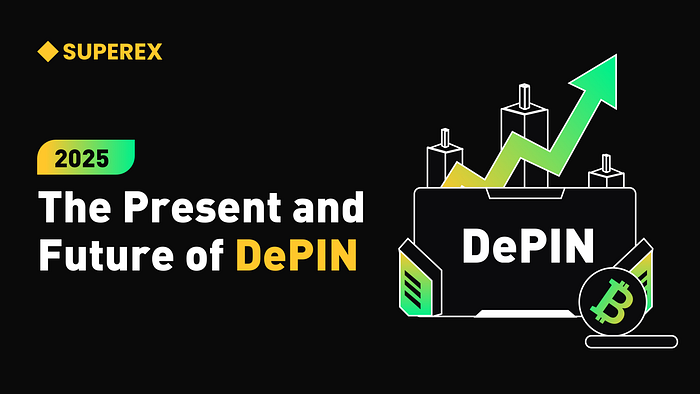
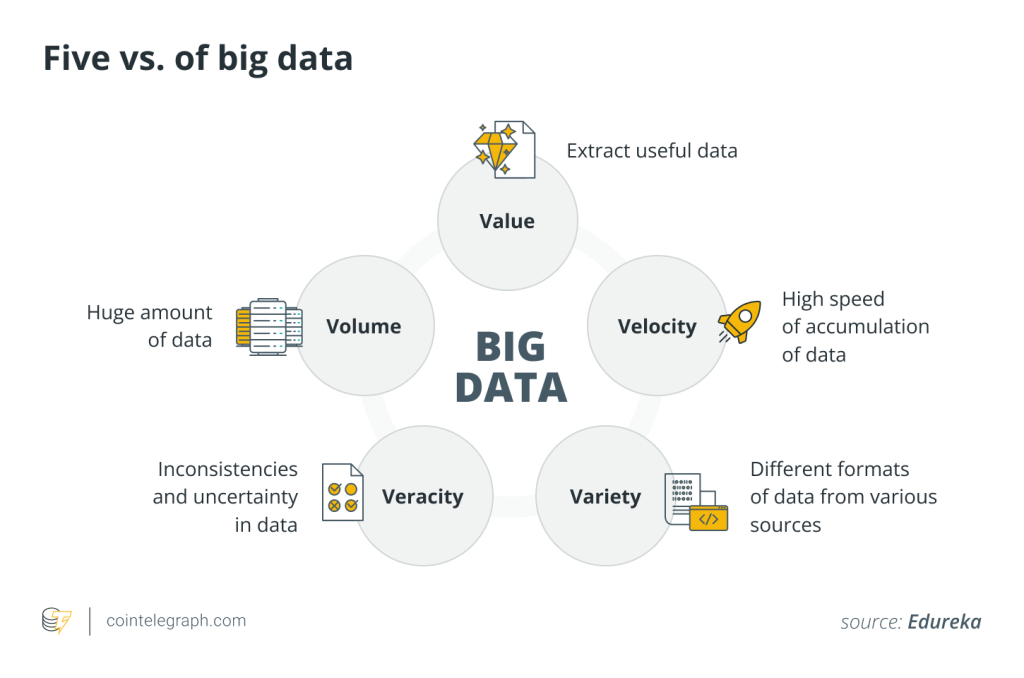
Responses